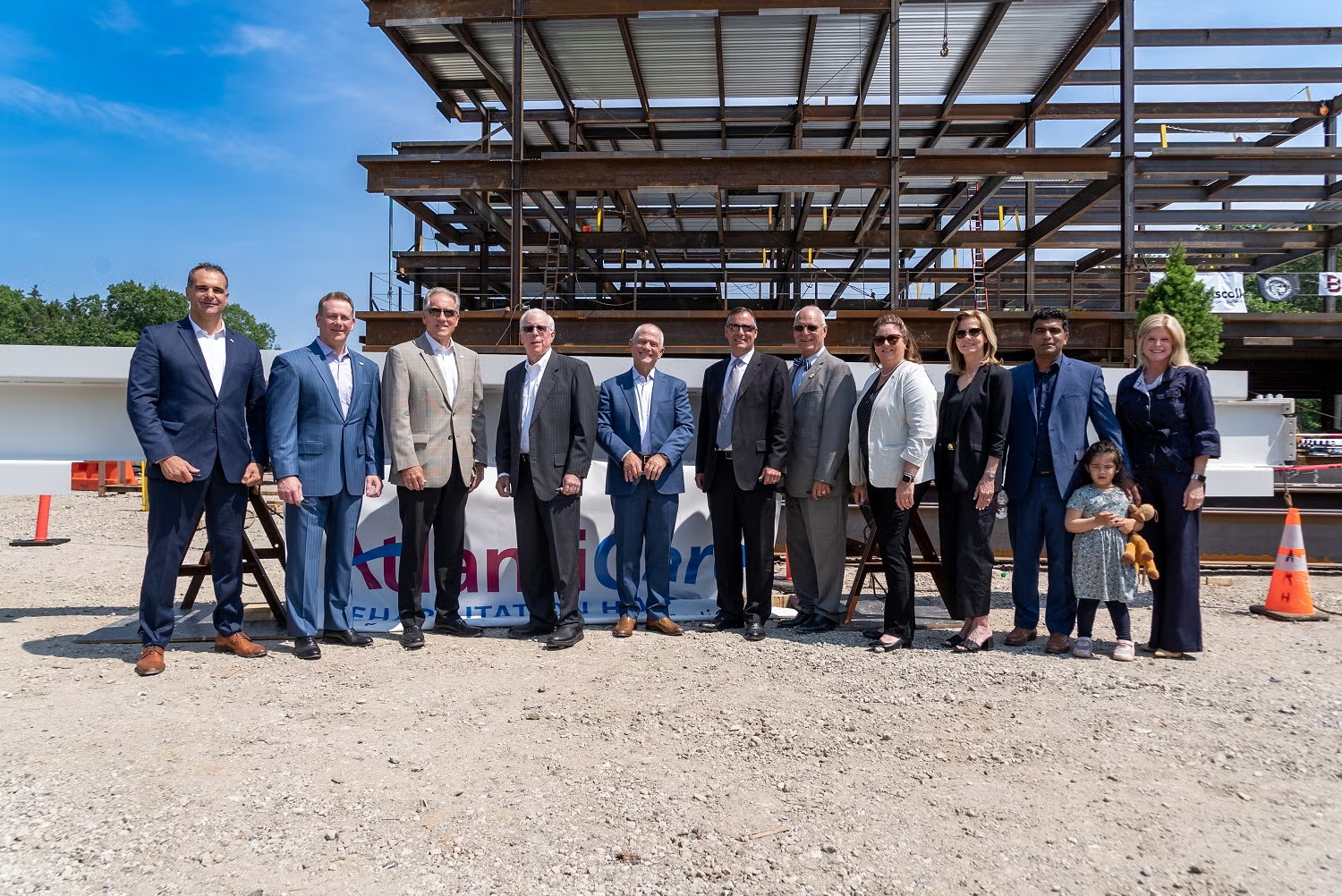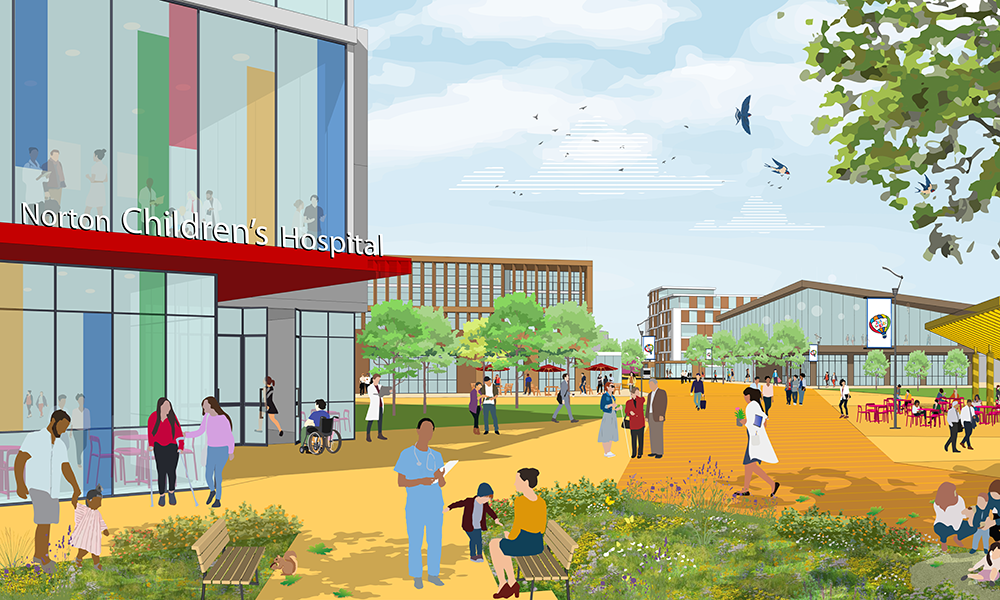 Recent updates to the design and construction codes applicable in New York City necessitate a careful review of typical design standards for health care spaces. The primary goal of city and state building codes is to provide minimum standards for design and construction ensuring the health, safety and welfare of the public. As these regulations evolve over time, they become increasingly stringent. In the past 10 years, our industry has actually seen a reduction in requirements related to some aspects of building design focused on life safety. As codes change and evolve, it is important to continually review commonly used materials for compliance.
Recent updates to the design and construction codes applicable in New York City necessitate a careful review of typical design standards for health care spaces. The primary goal of city and state building codes is to provide minimum standards for design and construction ensuring the health, safety and welfare of the public. As these regulations evolve over time, they become increasingly stringent. In the past 10 years, our industry has actually seen a reduction in requirements related to some aspects of building design focused on life safety. As codes change and evolve, it is important to continually review commonly used materials for compliance.
Materials used as the finished face of walls and ceilings are typically described as having a fire resistance rating of either Class A, B or C. These classifications are based on the rate at which flame spreads across them and smoke is developed when they are exposed to an open flame. Materials are tested to determine their performance in a fire event, and appropriate classification using the Steiner Tunnel Test (ASTM E84). In this tunnel, a sample is exposed to a uniform fire and the resultant flame spread and smoke development is measured. Materials earning a Class A designation have the least flame spread; however, all three classifications allow for the same quantity of smoke development known as the smoke developed index (0-450).
Using these three classifications building codes then describe which level of flame spread is allowable in various spaces within a building based on the use of the space and the need to protect it and its occupants in a fire event. As you might imagine, exits, exit access corridors and assembly spaces are among those that require more resistive materials.
The International Building Code (IBC) is a standard building code adopted throughout much of the United States. New York City, along with other jurisdictions has adopted its own version of the code. While much of the NYC Building Code mirrors the IBC, some more restrictive revisions were made.
Chapter 8 of the IBC defines interior building materials and dictates allowable classes to be used throughout a building. Section 803 defines material classifications and table 803.5 determines which classes of materials are required. In all cases materials adhere to the ASTM E84 method of classification (i.e. all three classes of materials have an allowable smoke developed index of 0-450).
This is where the New York version of the building code introduces a further restriction that impacts material options. The NYC Building Code 2008 further defines allowable materials by adding a section related to smoke developed index. Section 803.1.1 requires the same fire resistance ratings for walls and ceiling finishes as outlined above but adds additional smoke developed index requirements for exits, corridors, occupancy group I rooms and rooms with occupant loads of 10 SF per person or less such as assembly spaces. In these areas the allowable smoke developed index is reduced to between 25 and 100.
The inclusion of corridors in this reduction to a smoke developed index of 25 has the potential to severely limit material choices for healthcare projects. The NYC building code defines wall and ceiling materials in Section 802 to include acoustic ceiling systems and wainscoting. This requires that all ceiling tiles, wall protection and decorative wall panels have a smoke developed index of 25 or less. The NYC Building code does not exclude trim and moulding from the smoke development index requirements, but does allow the use of combustible materials for Class C trim for up to 10 percent of the total aggregate area of the walls and ceiling of these spaces (however, this trim is still subject to the smoke development index requirements).
Alterations for existing buildings that submit applications after July 1, 2009 have the option to comply with either the NYC Building Code 2008 or the NYC Building Code 1968. Section 27-348 of the 1968 code includes similar text to the 2008 code and limits corridor wall and ceiling materials covering more than 20 percent of the total area to a smoke developed index of 25. The 1968 code does not define trim as a separate category from wall and ceiling finishes, thus requiring wall base and handrails to be included in the wall and ceiling percentage calculations that are subject to the smoke developed index requirements.
Designers and clients will need to review and research materials carefully before specifying them to be certain that both the flame spread and smoke developed index meet code requirements. Because most building codes do not require a smoke developed index below 450, manufacturers may not have test data readily available. Our initial review of commonly used materials in health care corridors revealed several typical materials that do not meet these requirements.
The 1968 code requirements have been in place for 45 years and have not been strictly enforced by the NYCDOB; however, there has been at least one instance of a New York health care project being rejected based on the 2008 code. This rejection has created quite a bit of concern within the New York construction industry with an almost universal feeling from product manufacturers that some change in the code is destined to occur.
Kent Doss can be reached at kdoss@array-architects.com. This article represents a collaborative effort that has gathered knowledge from across the firm with significant and notable contributions from Joe Garrity, Floss McGrady, Jonathan Bykowski, Laura Morris, and Emily Posey.





